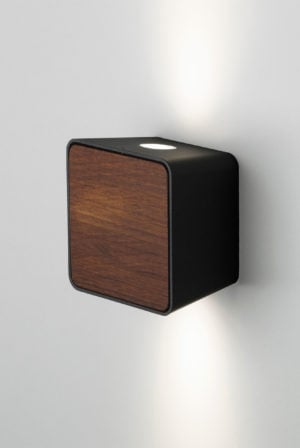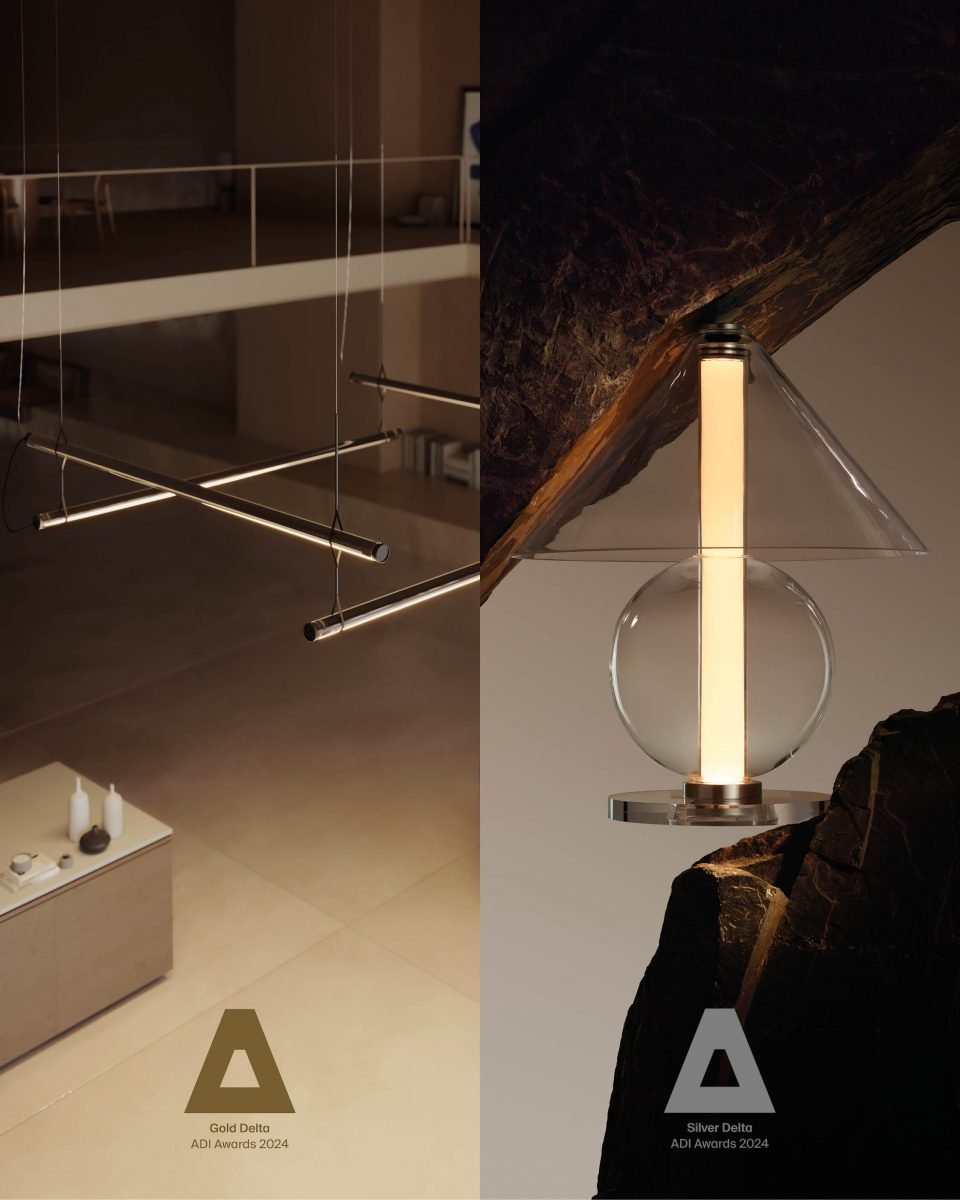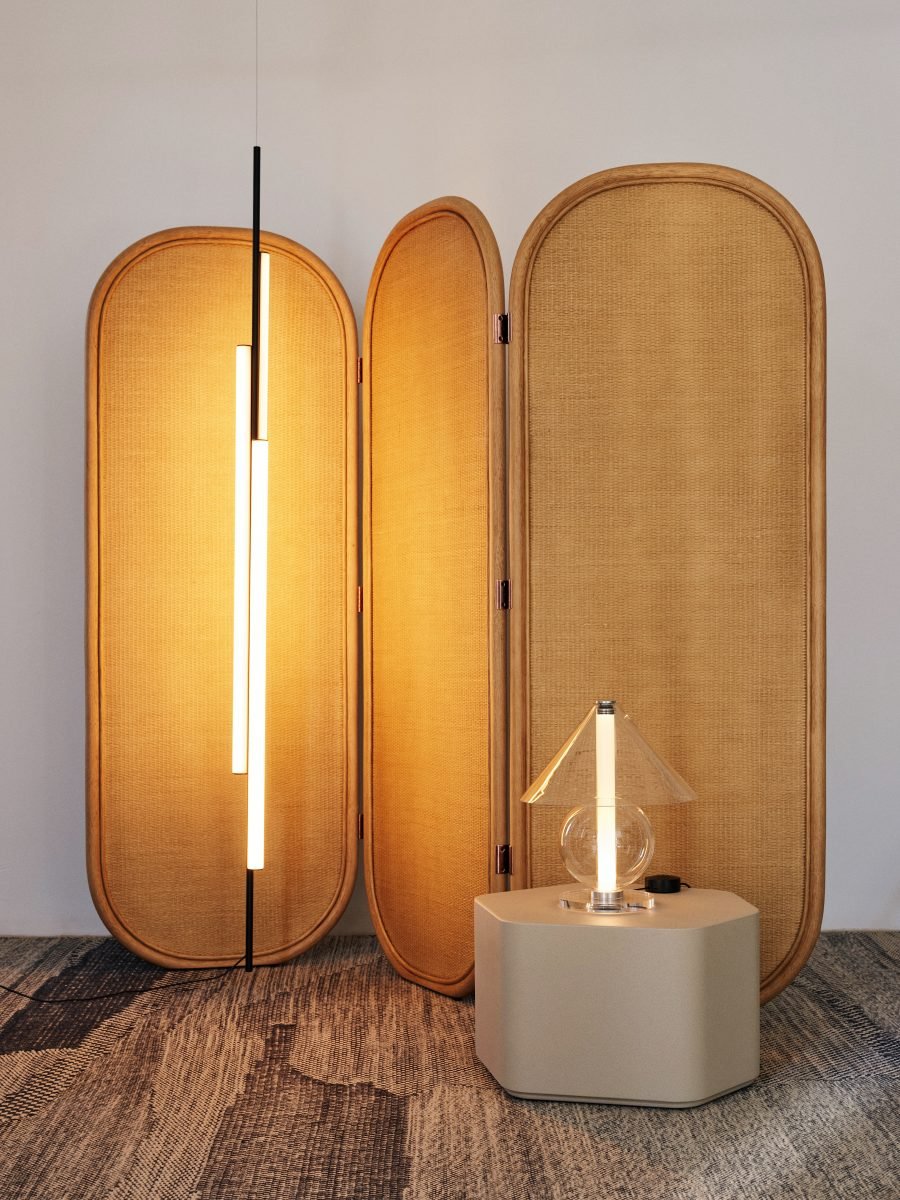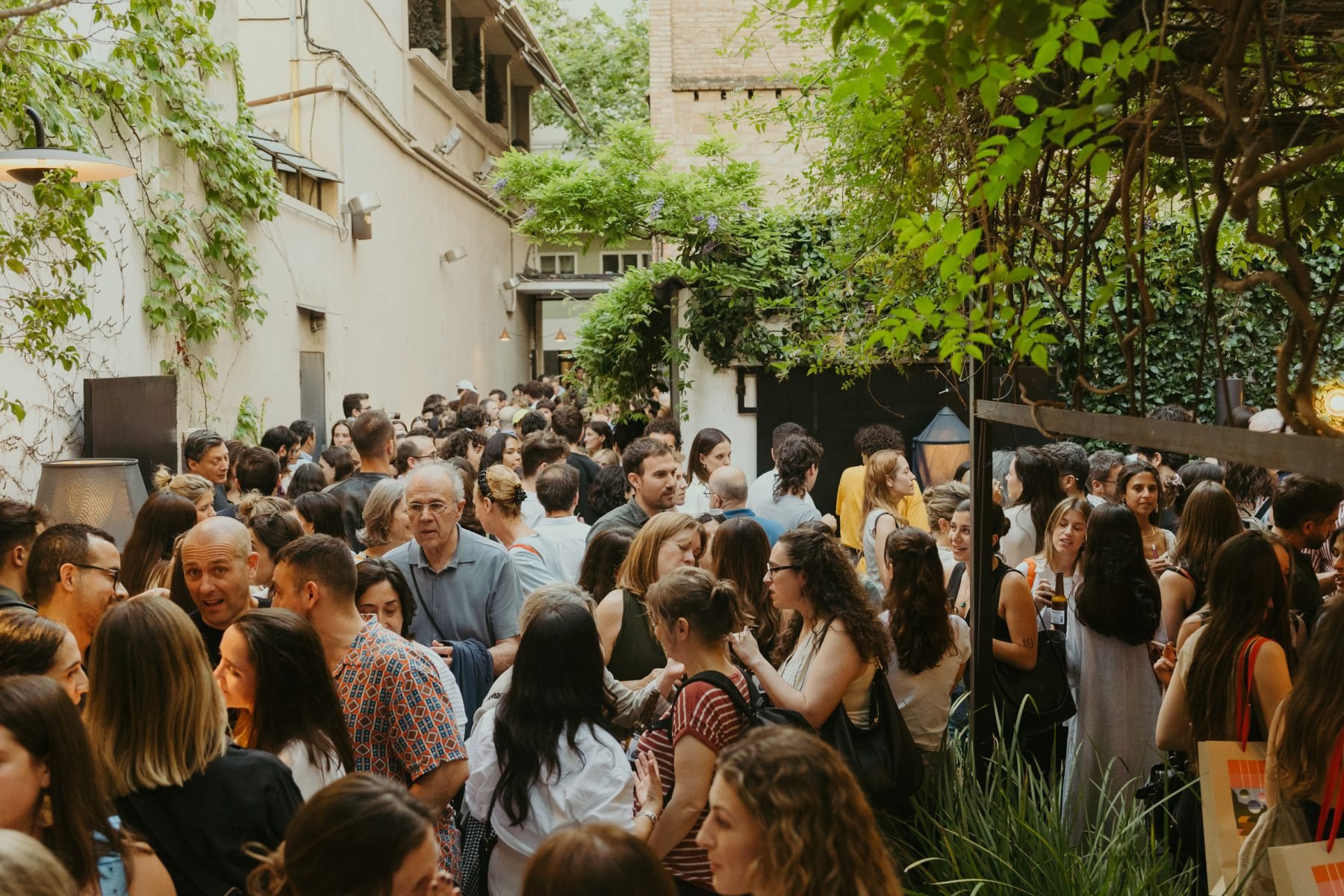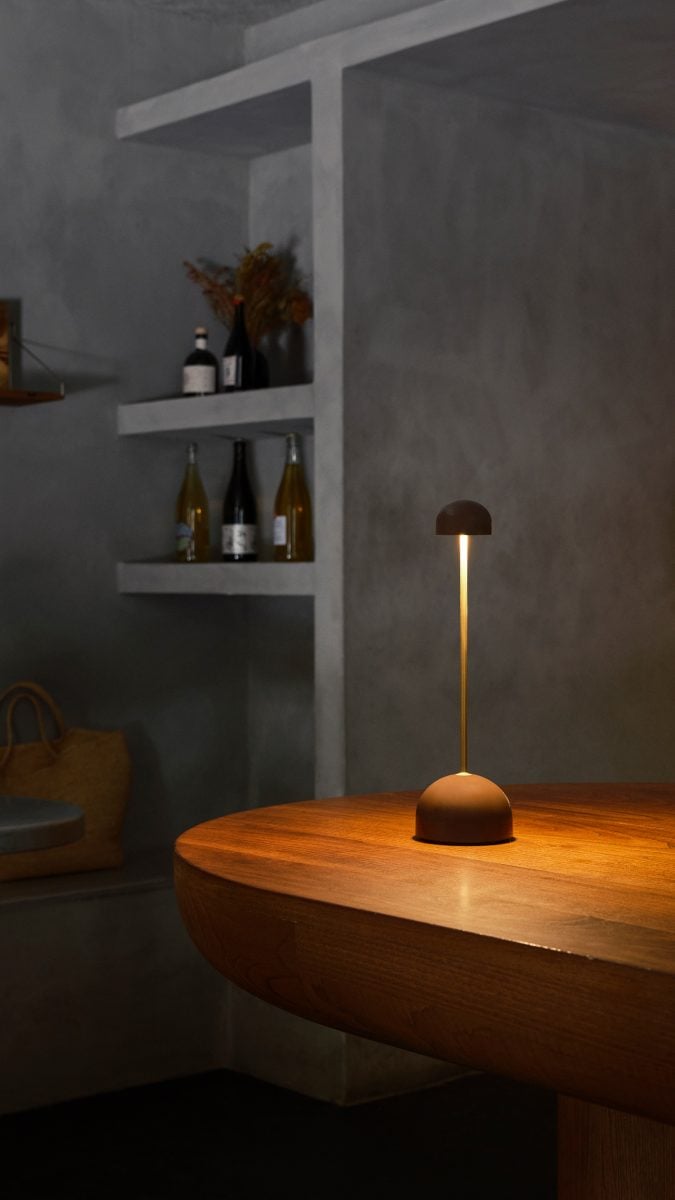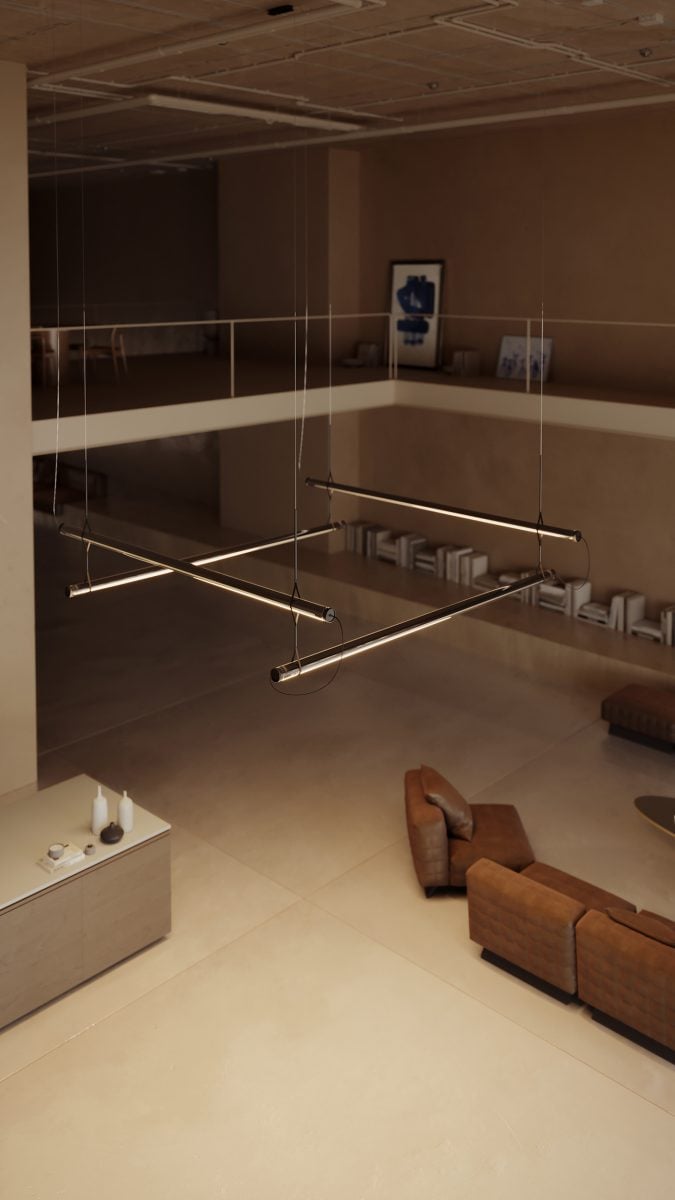Reflections on light -Christophe Mathieu- part two
Light is a language that sparks a series of sensations inside you
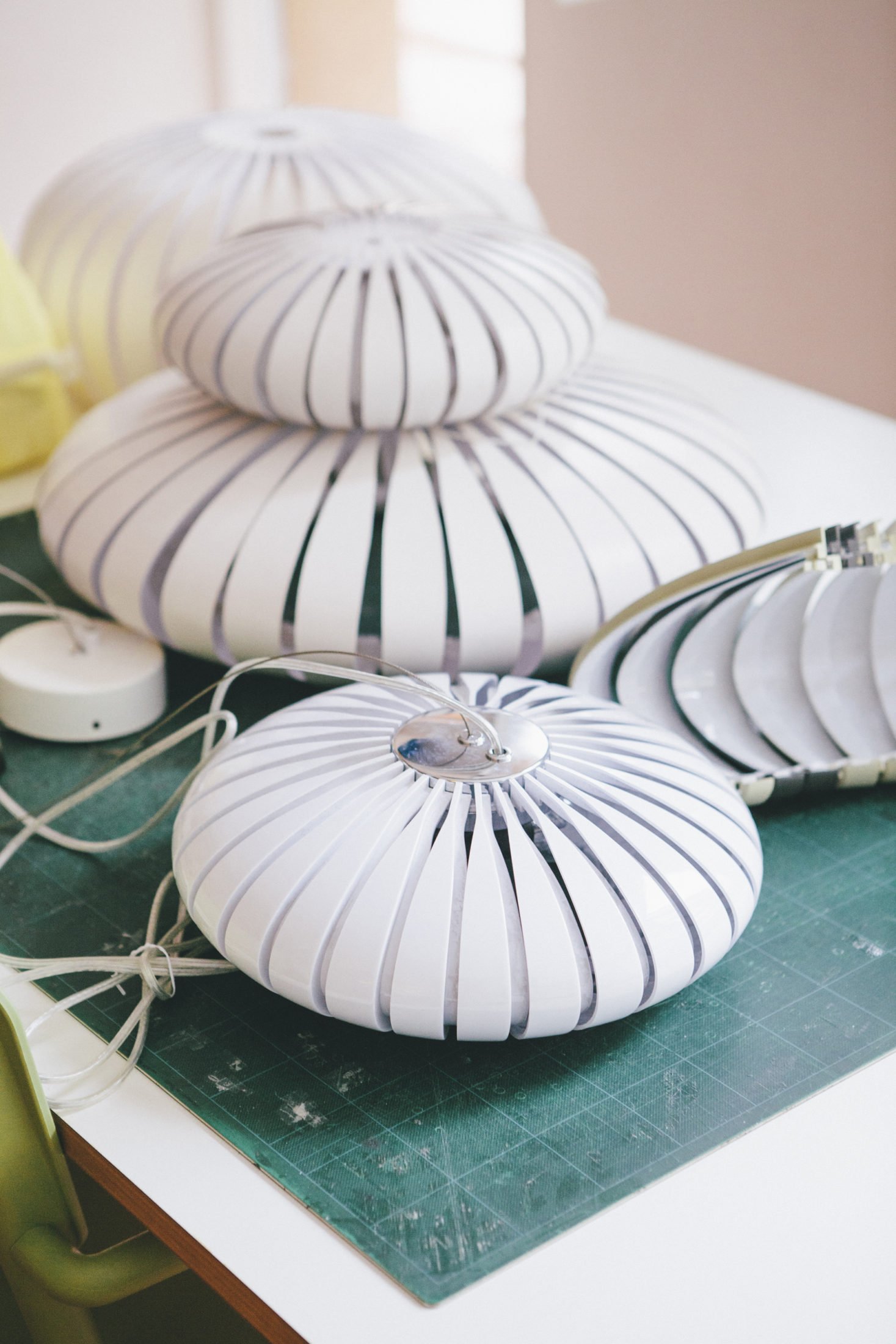
You say that you like to think about why a lamp fails…
It is really interesting to analyse why a lamp works and is popular, but the opposite, too. Sometimes people tell me, “Man, stop thinking about what went wrong with that lamp”. But I don’t do it out of masochism. I like to identify the reasons, the mistakes and the elements that could have been improved, so I learn from it. I compare it with the boxes that used to be at fairs in the Canary Islands when I was a child. They had strings which were all the same length. You had to pull on them and guess which string would win you the prize.
It is also interesting to analyse why one of your lamps is successful, why people like it, what elements and variations make a good lamp. It’s like the structure that every good story should have: a beginning, climax and denouement. I think that there are many parallels between designing an object, writing a novel, composing a song, making a film or even cooking a delicious dish.
It matters less to other designers, who say, “What do I care – all that matters is that I like it”. Not me.
You like people to like your designs.
Who doesn’t? I want them to like the things I design. I love it – and it’s happened to me sometimes – when suddenly I got to someone’s house who has a lamp of mine, who bought it and didn’t know it was mine. Of all the lamps they found in the shop, that person chose mine. I’m not too in favour of designers becoming celebrities and selling products because of this celebrity. It’s not that I’m against it, because it happens and if it helps to sell a product, why not? But I feel more comfortable when the object I design is in the foreground.
What would you highlight about LED lighting?
Well, something very simple that happened to me. You cannot forget that a lamp is an object that give off light. With LEDs, now lamps come with their own light incorporated, and so as a design you’re much better able to control the kind of light you want the lamp to give off. Before, you would suggest a kind of incandescent or halogen bulb, and people would go to the shop around the corner or to the hardware store and buy whatever they recommended without thinking about the right temperature of light for that lamp, or the quality of the bulb or the brightness of the light. Plus, since LEDs last 30 years, you can better control the end user’s experience with the object you’ve designed.
You used to make your own toys when you were a child. Was this the seed of your profession?
I have always been a very handy person, very hands-on. So I built myself a slingshot to improve my marksmanship and make it go further. At first I wanted to be an architect, like my father, and as a boy I would go with him to the construction sites and draw houses when I got back home. I remember that when I was 11 I built a two-storey wooden house on a plot of land next to my house, so deep down I already liked architecture and building things.
Another career choice was Fine Arts. In the end, I decided to study industrial design because what I’m really interested in is applied art: I want there to be a briefing, I want the object to be limited by practical utility.
What is light?
It is a very powerful tool. Just ask architects, interior designers, film directors or photographers. Light is what allows everything around us to be visible; it allows us to perceive our environment in a given way, move around space, appreciate colours, shapes and volumes, do activities, make a space look larger or smaller, make it comfortable or even disgusting, and all of this means that it influences our mood and quality of life.
Light is also a language. The lamp becomes an object that speaks and sparks a series of sensations inside you which translate into greater or lesser comfort.

